Major Power Relations
Your Present Location: PROGRAMS> Major Power RelationsZhao Minghao: US needs wiser South China Sea strategy
By Zhao Minghao Source: Global Times Published: 2017-10-15
The US guided missile destroyer USS Chafee entered territorial waters near China`s Xisha Islands on Tuesday in pursuit of so-called freedom of navigation operations without permission from the Chinese government. The US violated Chinese and international law. China immediately dispatched military vessels and aircraft to warn the US ship to leave.
Although the Korean Peninsula has become the focus of international public opinion, this event once again shows that the South China Sea dispute is still the key issue affecting the security of the Asia-Pacific region. As US President Donald Trump will visit Asia next month, the South China Sea will probably become even more restless.
During former president Barack Obama`s time in office, the US navy carried out four such operations, while this was also the fourth since Trump took office in January. In August, the USS John S. McCain entered waters within 12 nautical miles of Meiji Reef, part of the Nansha Islands. In the next few months, the US will probably carry out one or two more such operations.
US military operations in the South China Sea are becoming more routine. Senior officials of the Pentagon and the US Pacific Command have greater autonomy over such military operations than during the Obama administration. The US Department of Defense has reportedly set a timetable for these operations in the South China Sea. US Pacific Fleet Commander Scott Swift has said that "We are on track to conduct over 900 ship days of operations this year in the South China Sea."

The US is quietly strengthening its military deployment, highlighting its military presence in the region through freedom of navigation operations. This complicates Sino-US relations and ratchets up the tension. There are three main reasons the US is doing this.
First, Trump will visit Vietnam in November and may also attend the ASEAN summit in the Philippines. Washington wants to showcase its commitment to safeguarding the security of the South China Sea to Southeast Asian countries increasingly concerned about the "America first" policy adopted by the Trump administration. The US president`s visit is often a catalyst for actions aimed at releasing foreign policy signals.
Second, China and ASEAN hope to negotiate a code of conduct for the South China Sea that the US hopes to influence. In August, China and ASEAN reached a deal on a framework for the code and their next step will be to negotiate specific terms. Some US think tank experts have suggested the US launch an Asia-Pacific maritime code of conduct with Japan, India and Australia to ensure its dominance of maritime security.
Third, relations are warming between China and Southeast Asian countries, making Washington nervous. Philippine President Rodrigo Duterte`s government has resumed bilateral dialogue with China over the South China Sea dispute. In addition, tensions between Vietnam and China on the issue are well controlled.
Challenges to China-US relations in the South China Sea, however, do not only derive from the US, but also come from Japan, Australia, Indonesia and other countries. In January, the Japan Coast Guard announced it would launch a special project to provide training and technical assistance for Southeast Asian countries in dealing with maritime security issues. In September, a fleet of six Australian warships with more than 1,200 defense force personnel carried out operations in the sea. Canberra hopes to help Washington contain Beijing while the US is focused on North Korea. It was the Australian navy`s largest military operation in 30 years.
Indonesia vigorously seeks control of the Natuna Islands, increasing its military presence in the past year. The Indonesian government recently named a section of the disputed waters the "North Natuna Sea."
It is said the White House is conducting a comprehensive review of US policy toward China in preparing for Trump`s November visit. With regard to the South China Sea, Washington needs to come up with a sensible strategy rather than letting "freedom of navigation" operations undermine trust and cooperation between the two countries.
The author is a visiting fellow at the Chongyang Institute for Financial Studies at Renmin University of China.
Key Words: South China Sea; US; ASEAN; Zhao Minghao












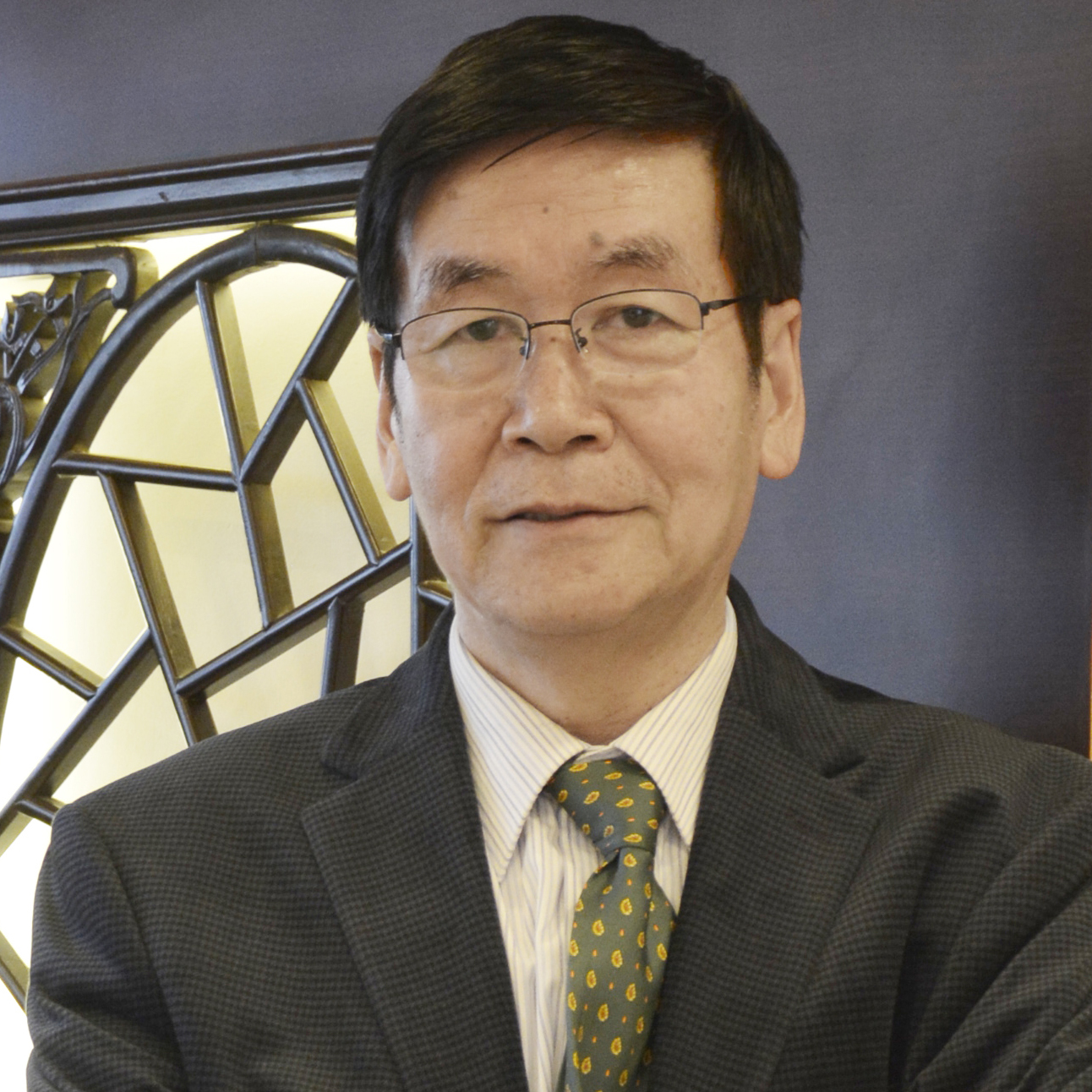


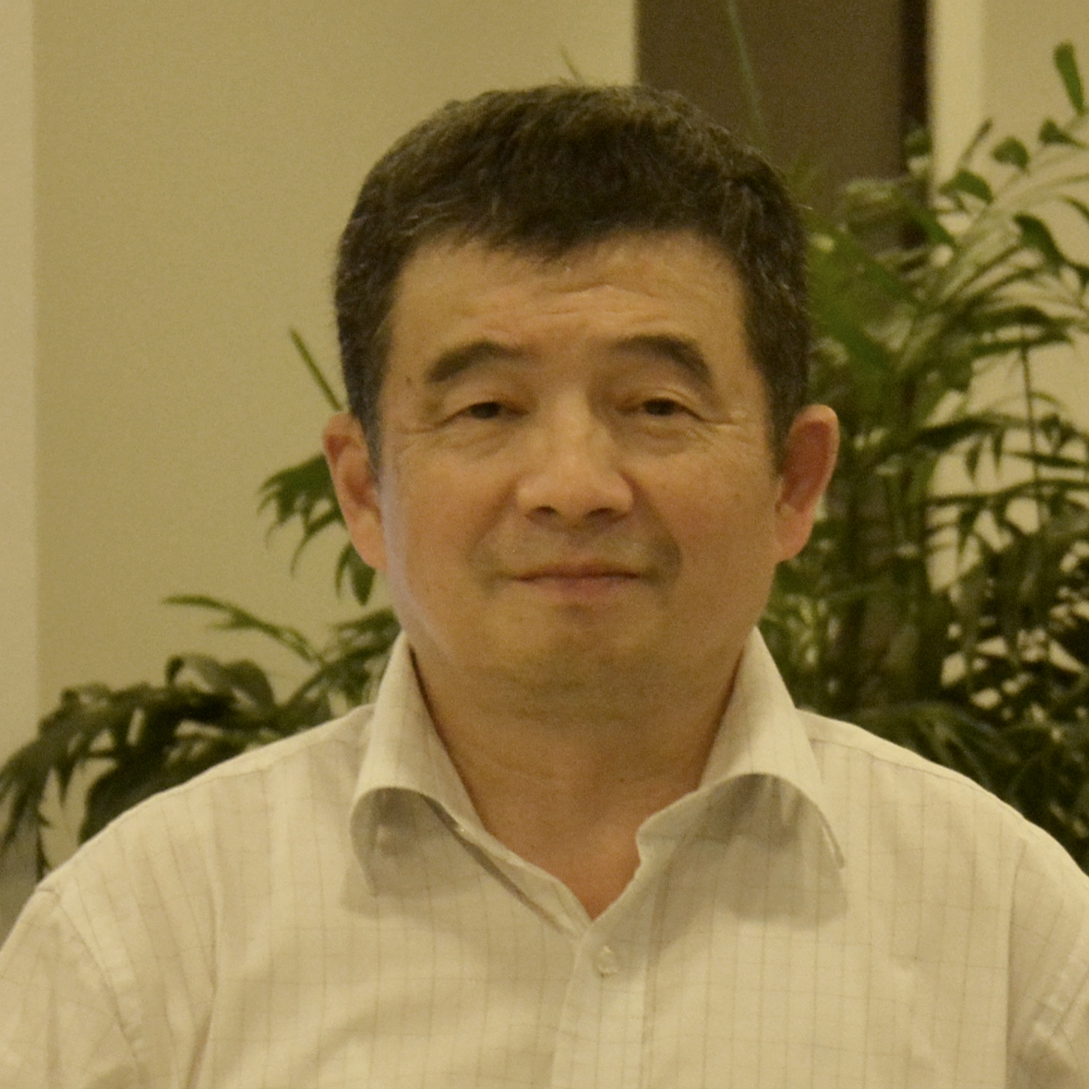


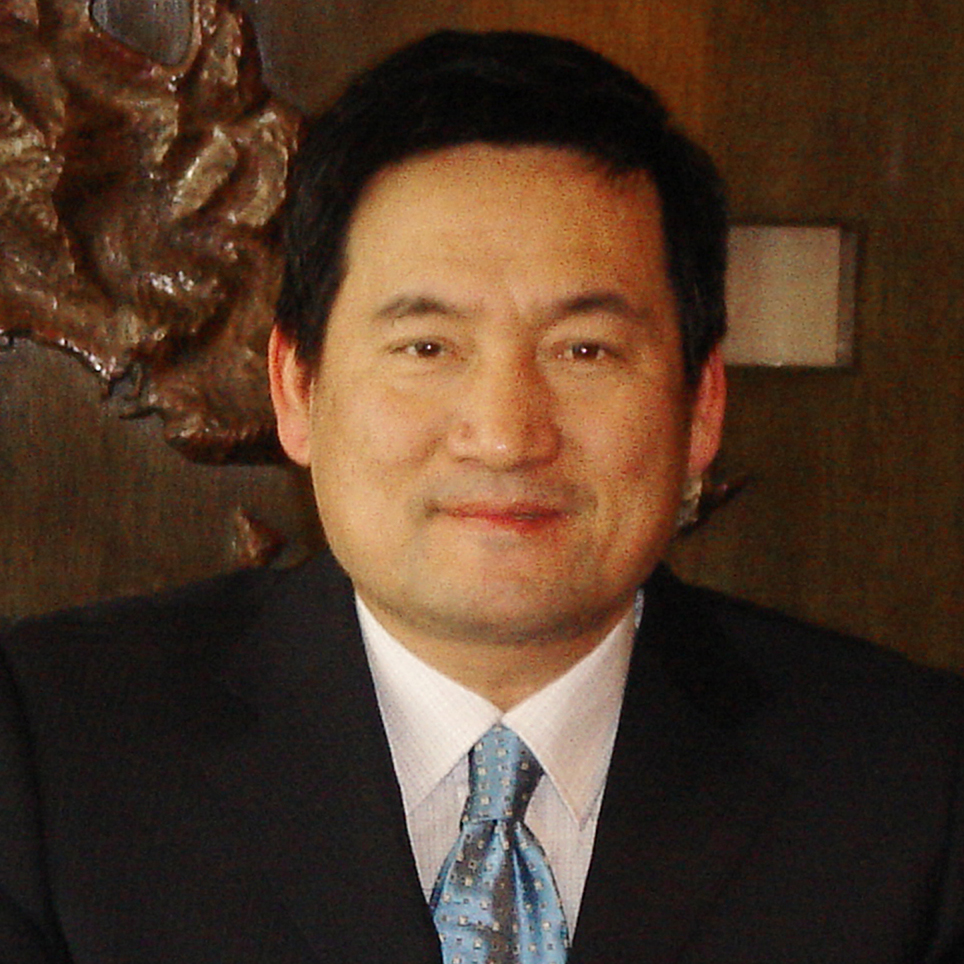








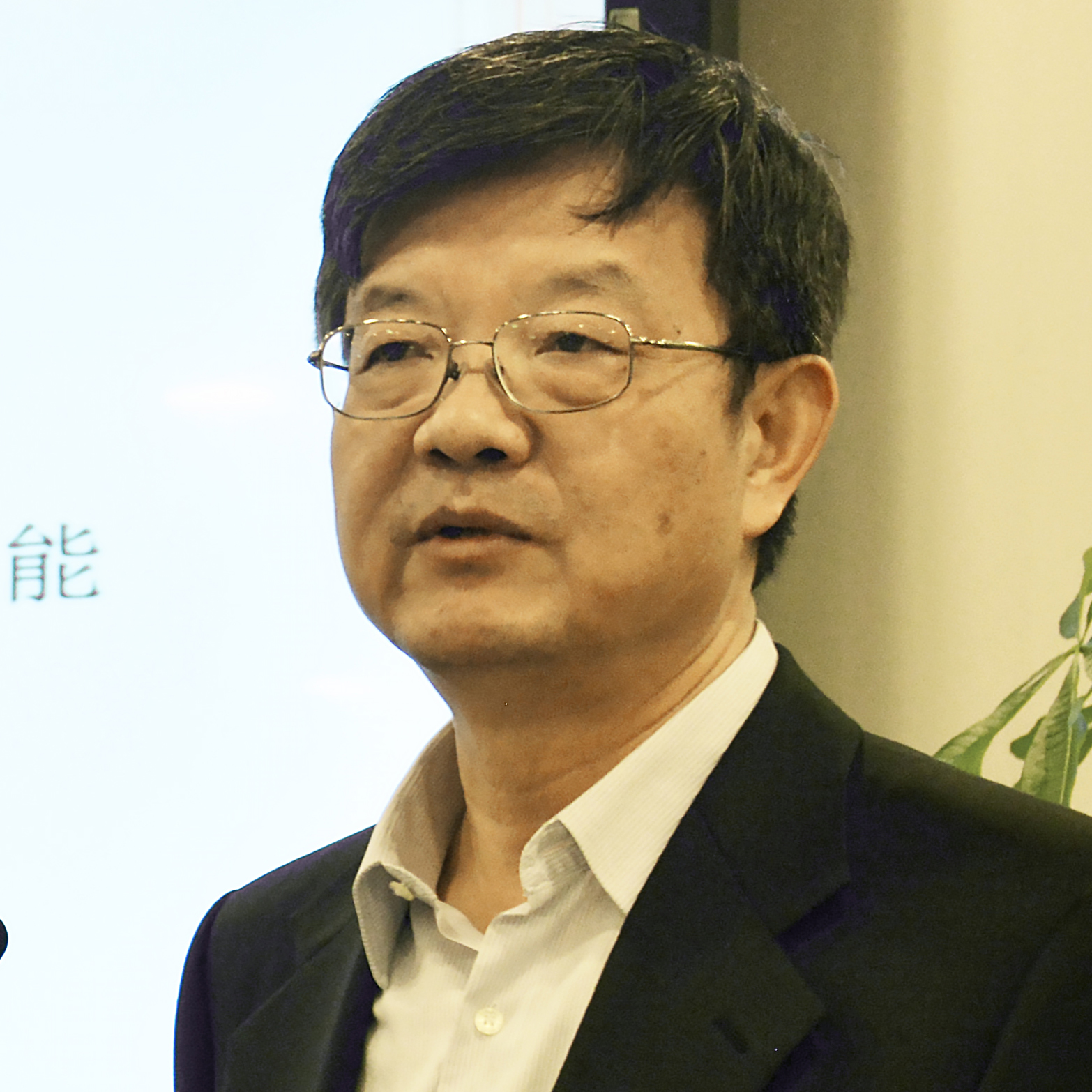





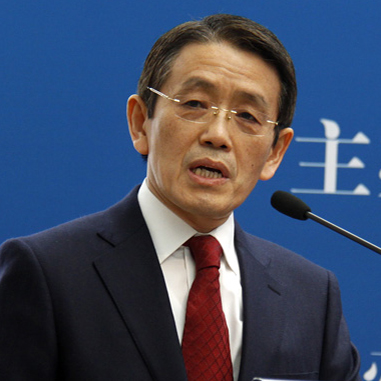

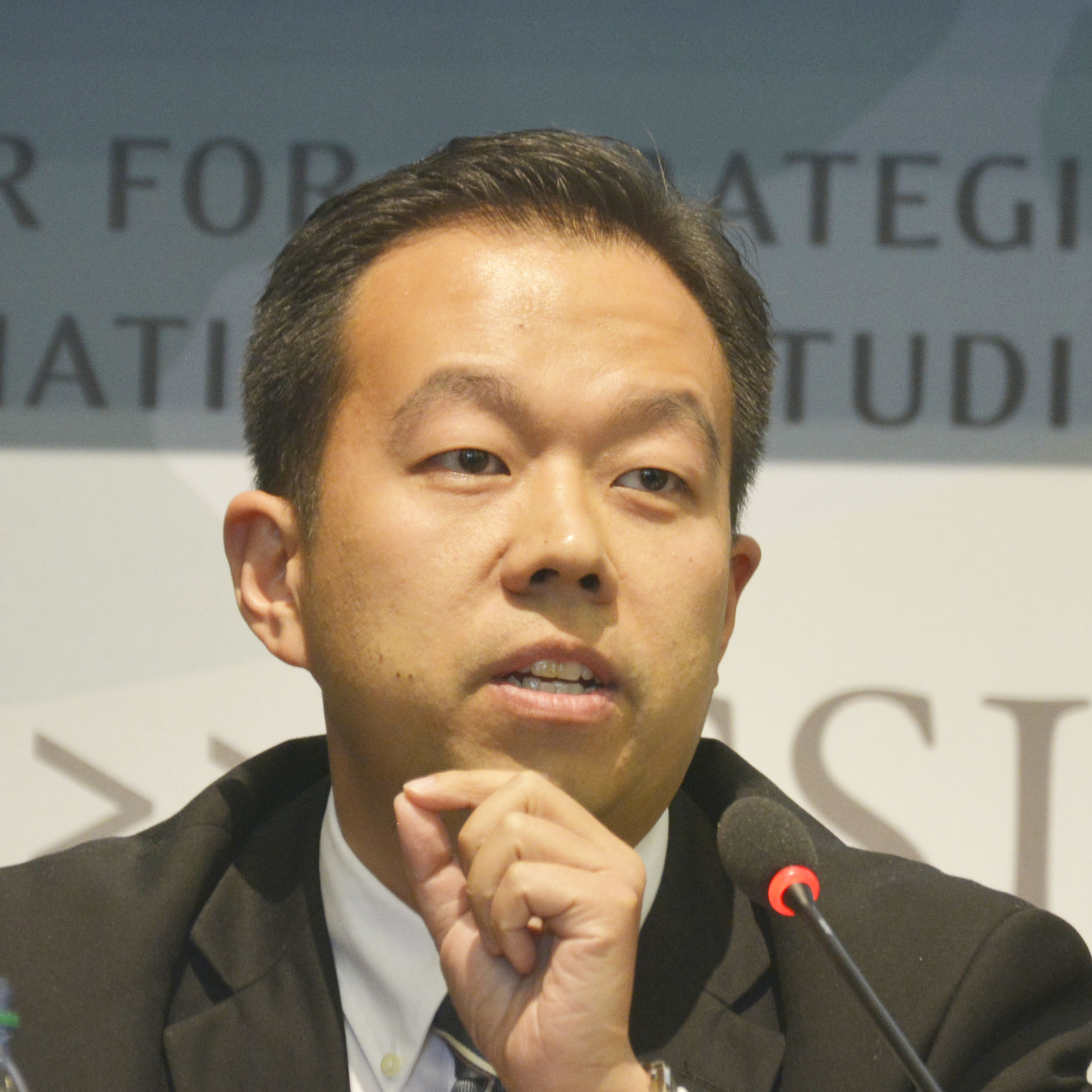










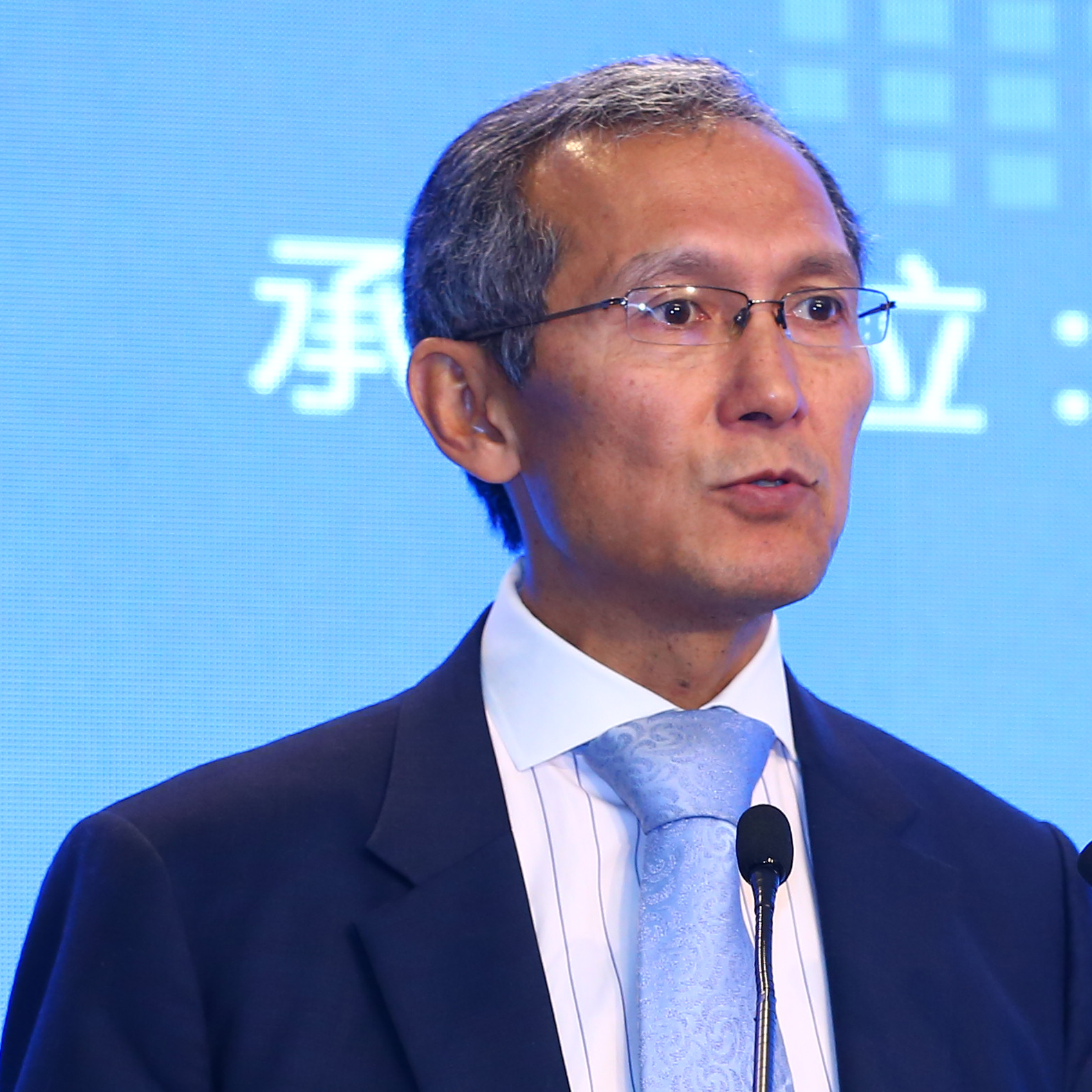
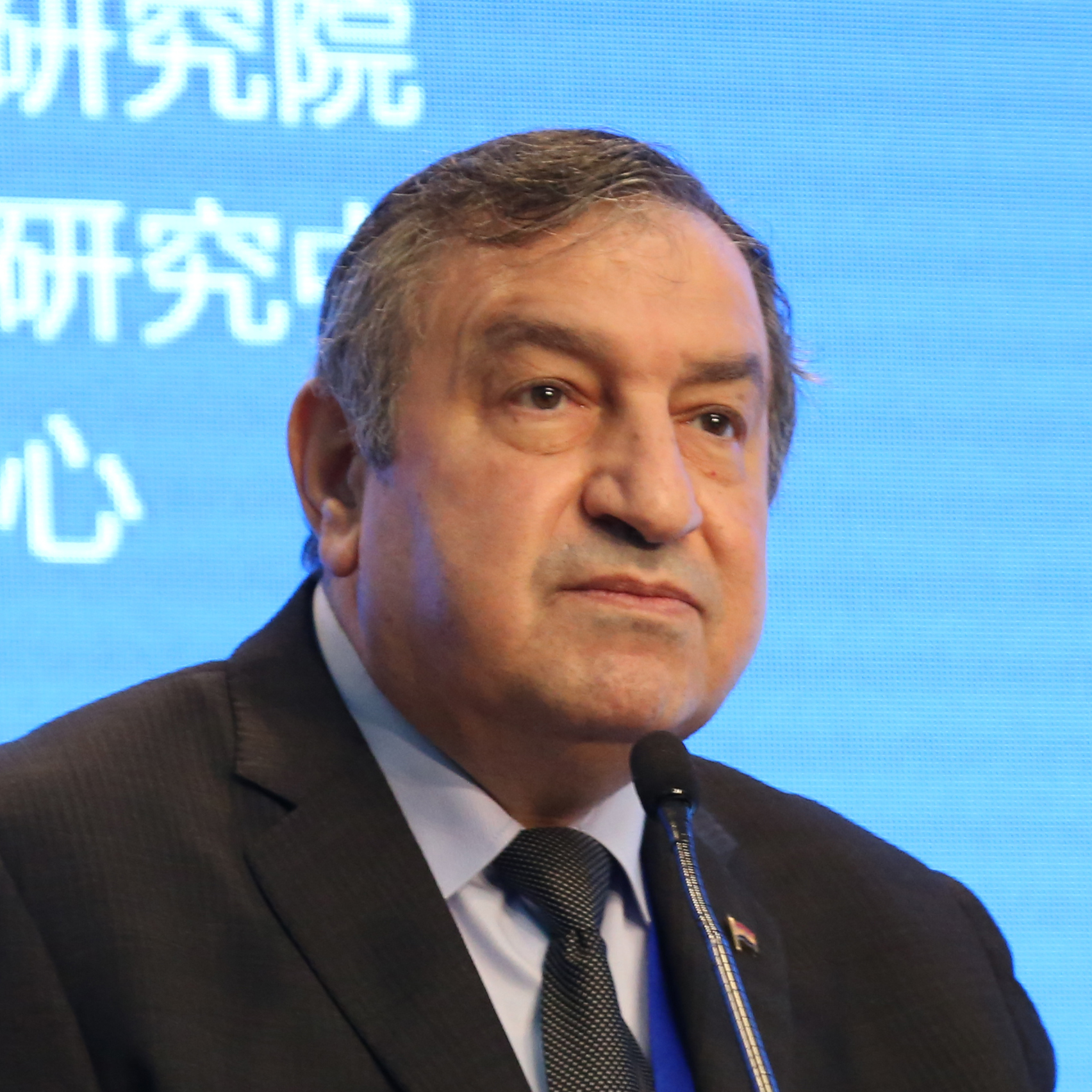

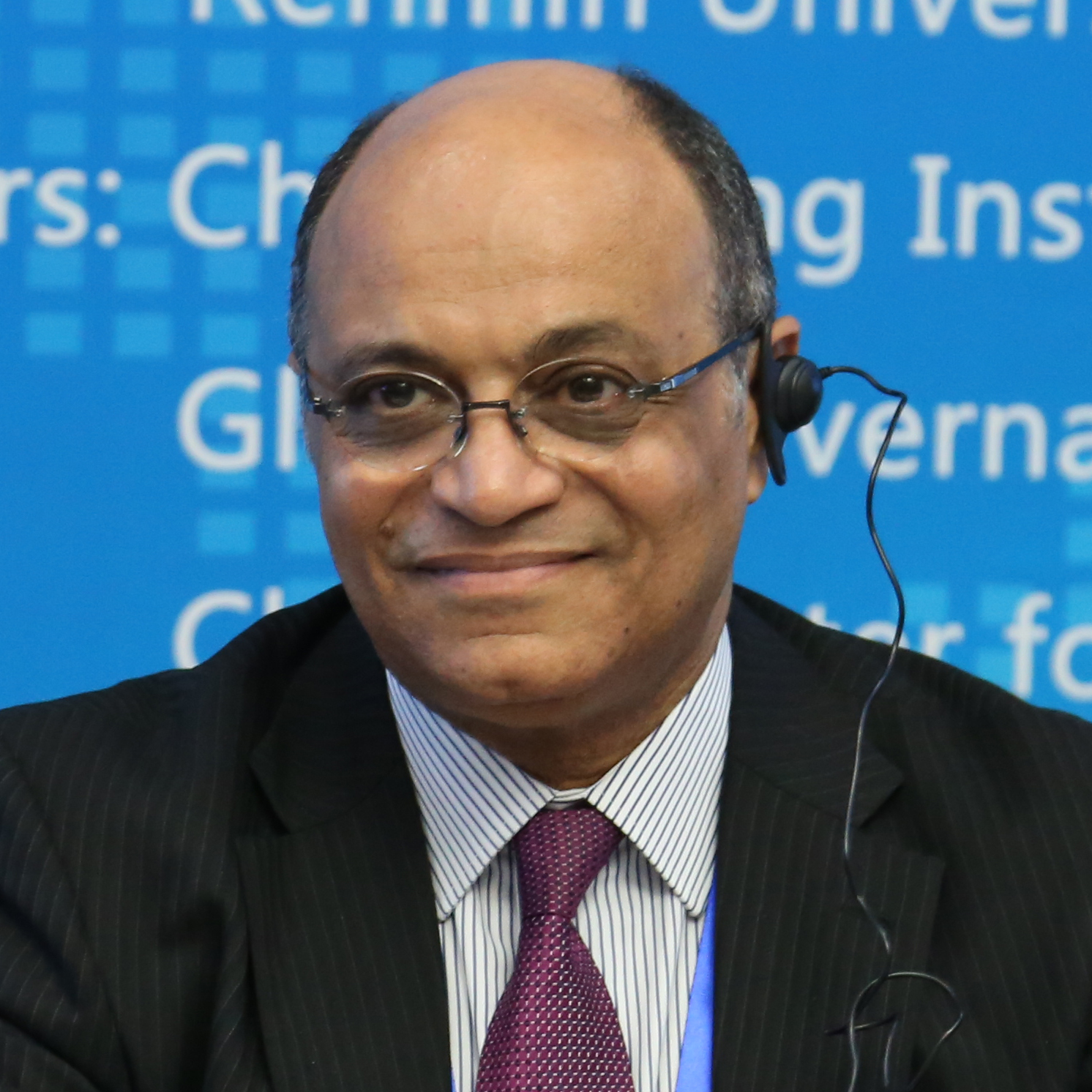














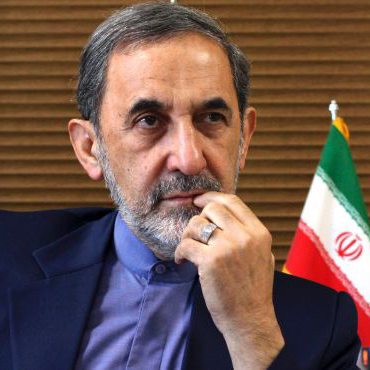




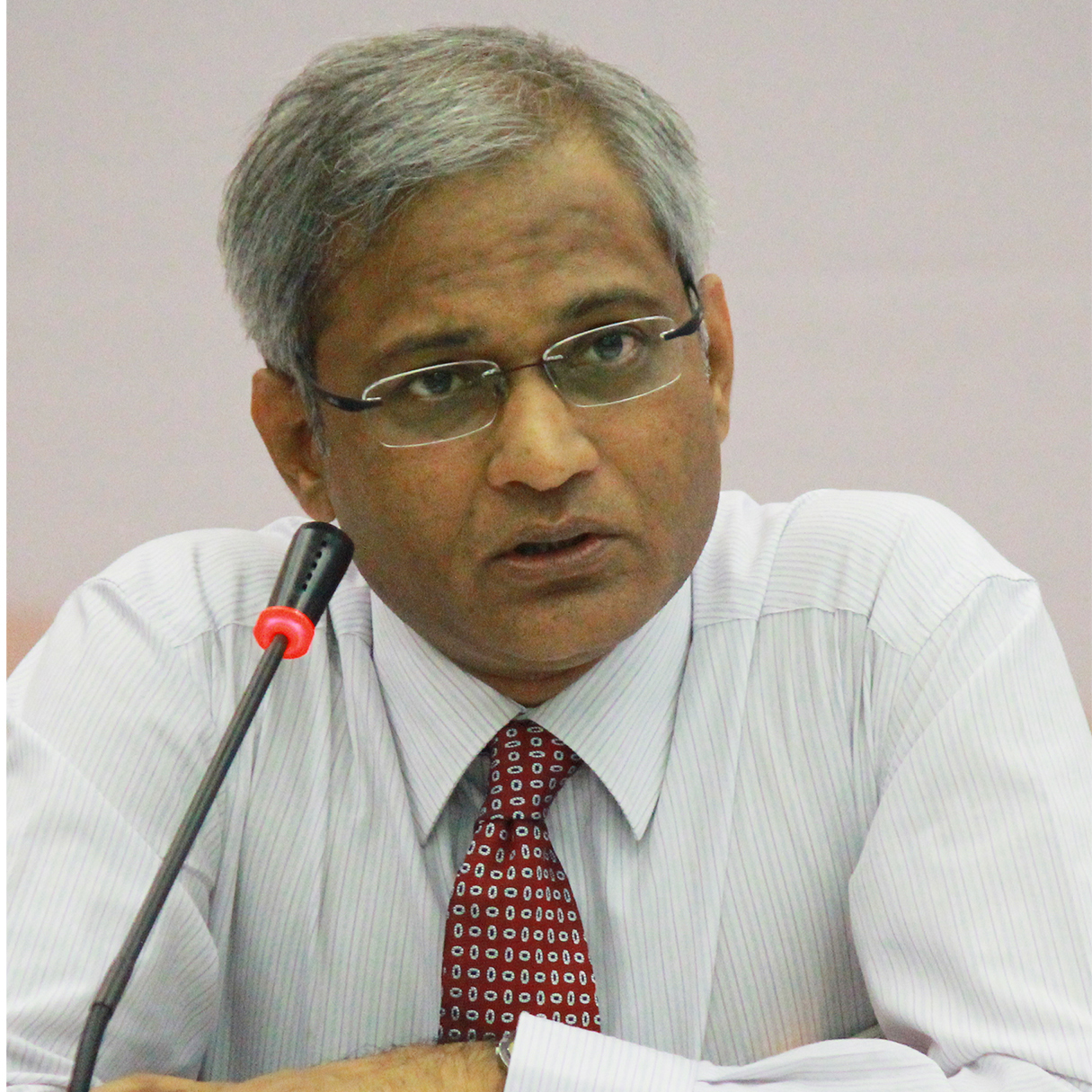
















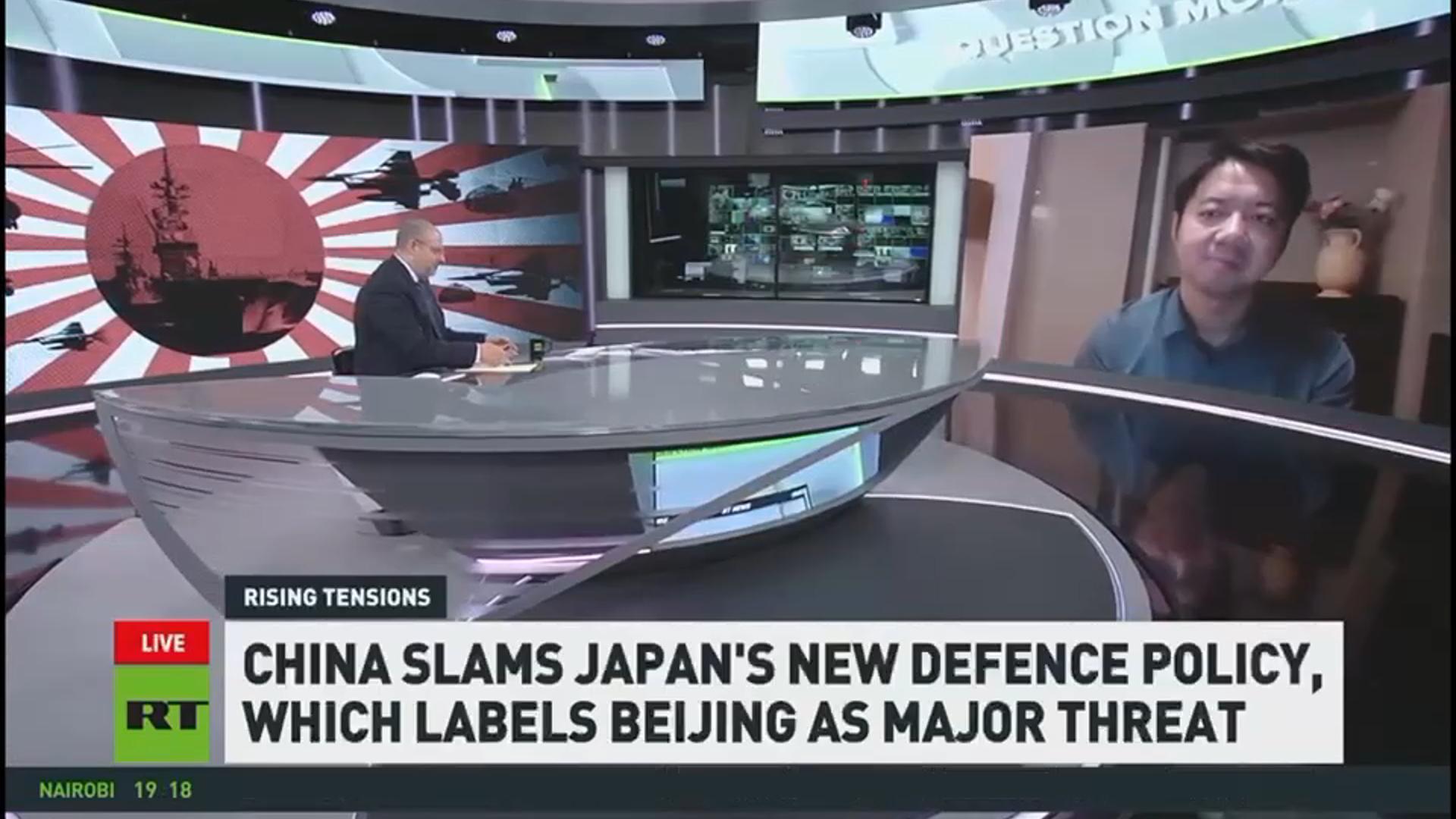
 京公网安备 11010802037854号
京公网安备 11010802037854号





